Do you remember the feeling? The slight wobble of the wheels on the uneven pavement, the push-off from your friend, and the sudden, breathtaking rush of the world tilting forward. For a brief, glorious moment, you were flying. This is the magic that Bill Watterson captured perfectly in the Calvin and Hobbes comic strips, not with a spaceship or a time machine, but with a simple, little red wagon.
Those wagon rides were never just about getting from the top of a hill to the bottom. They were voyages. They were philosophical debates, trust exercises, and a masterclass in the joy of the inevitable crash. They were, in essence, a perfect metaphor for childhood itself. Let’s take a ride down memory lane and revisit why these simple moments remain some of the most powerful and enduring in all of entertainment.
18+ Calvin and Hobbes Comics
#1
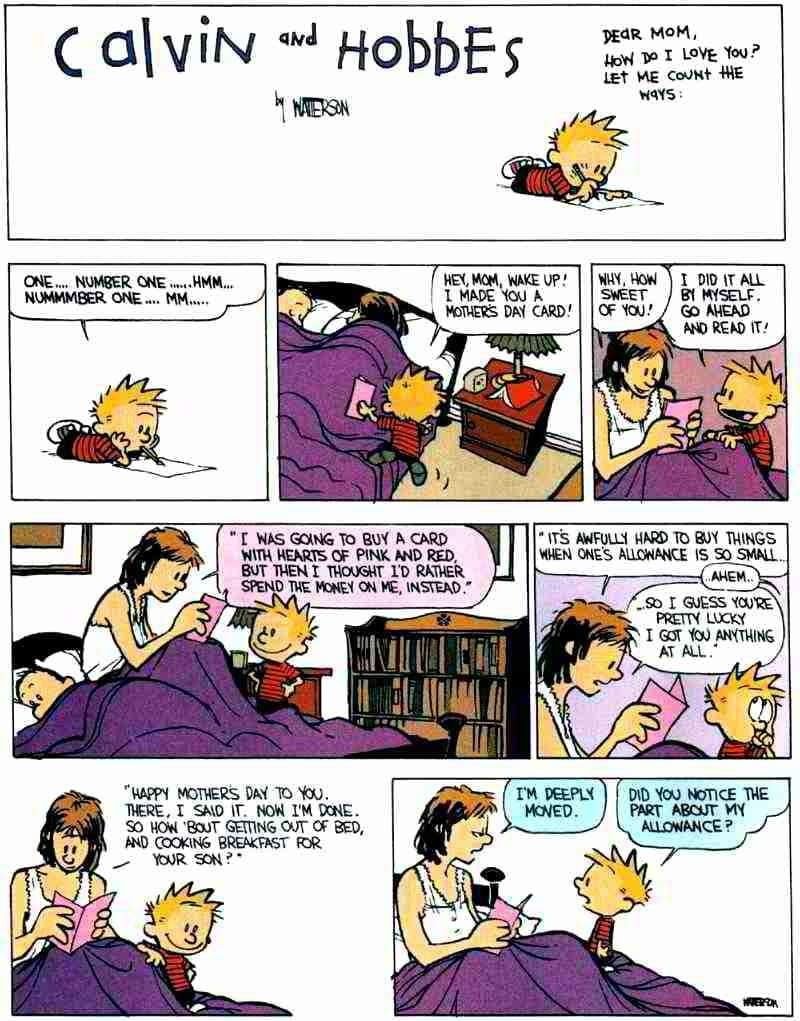
#2
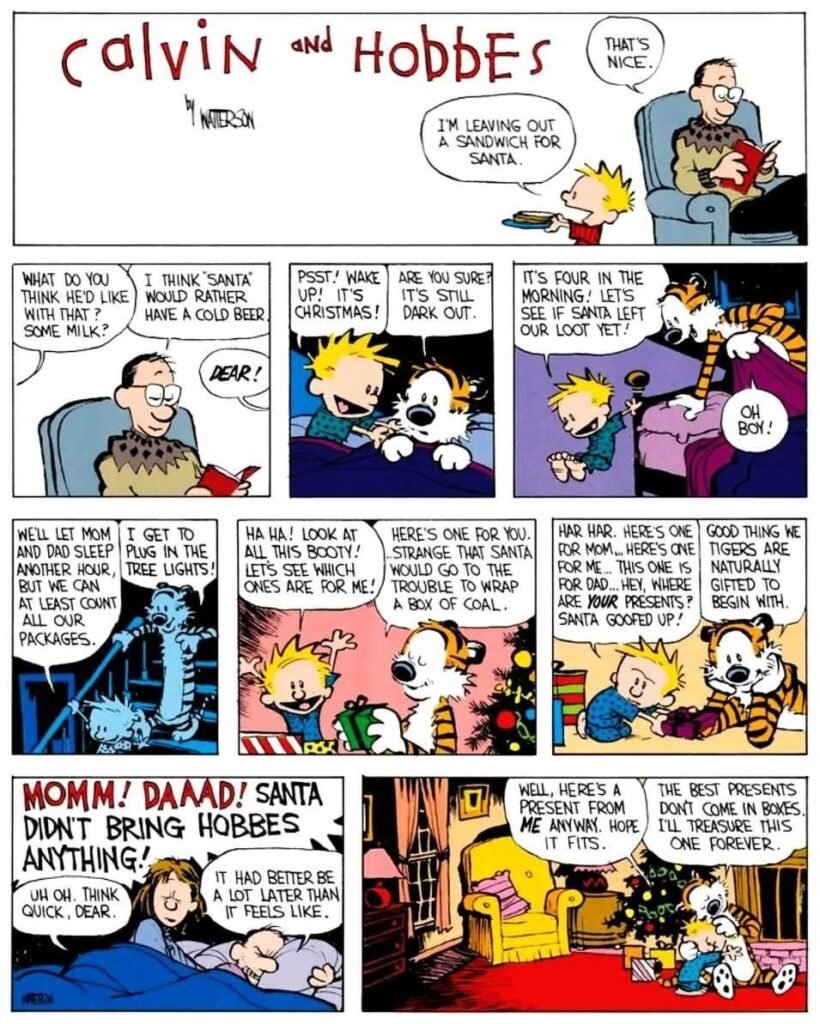
#3
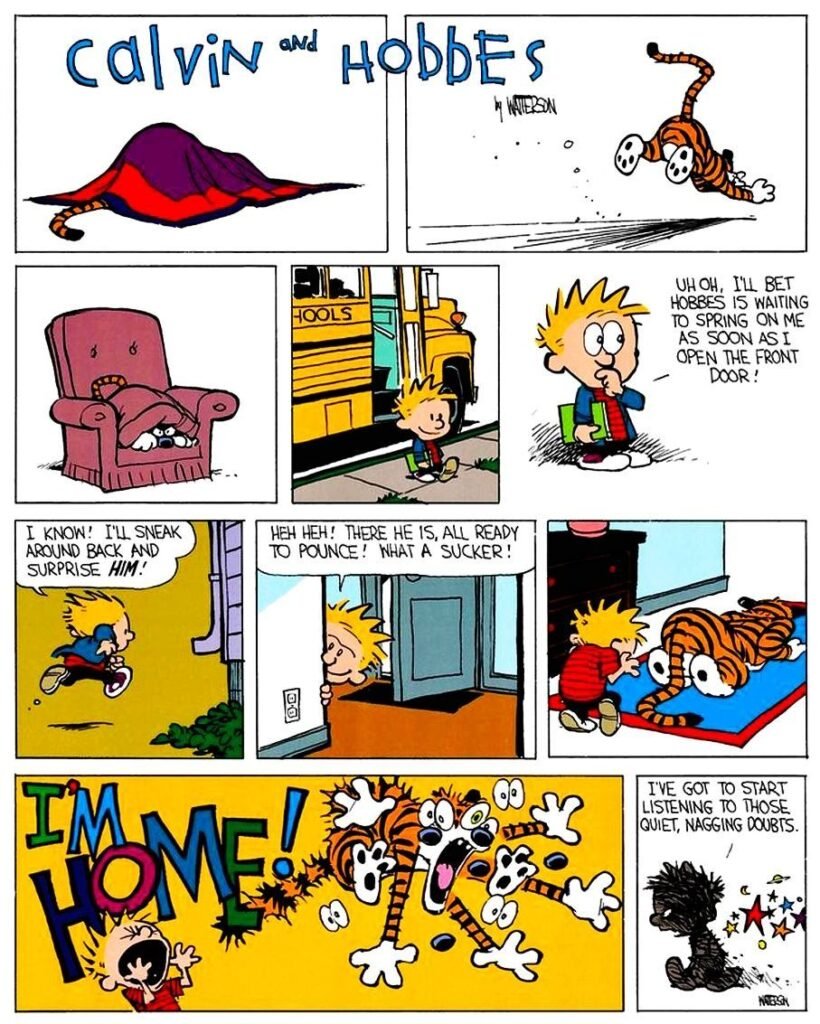
#4
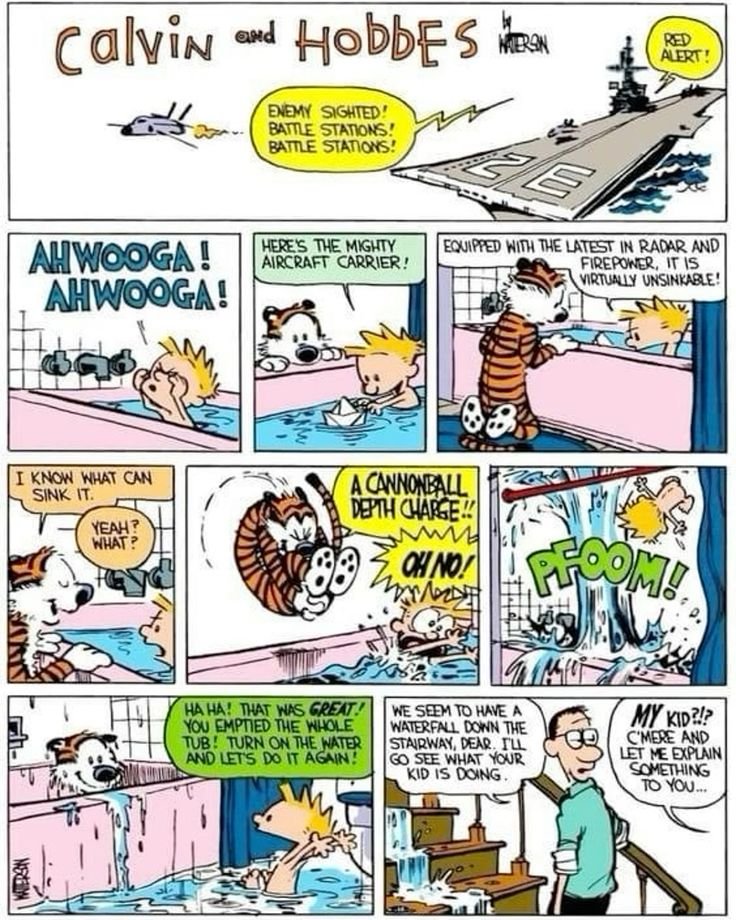
#5
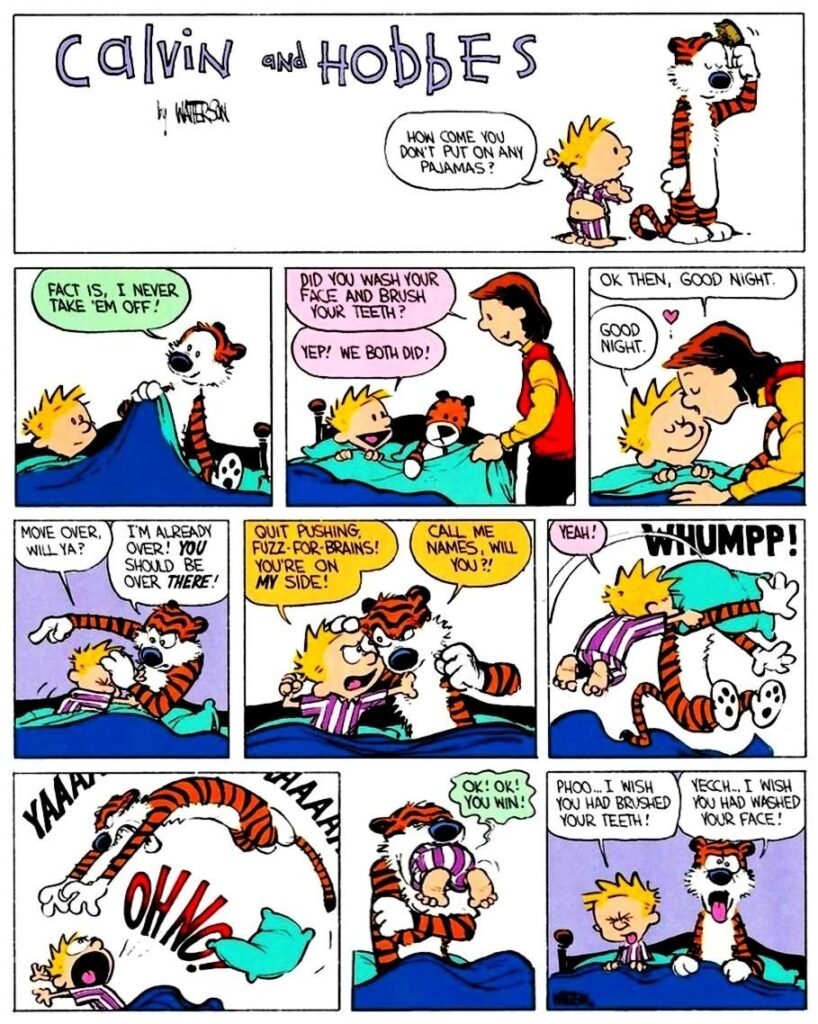
#6
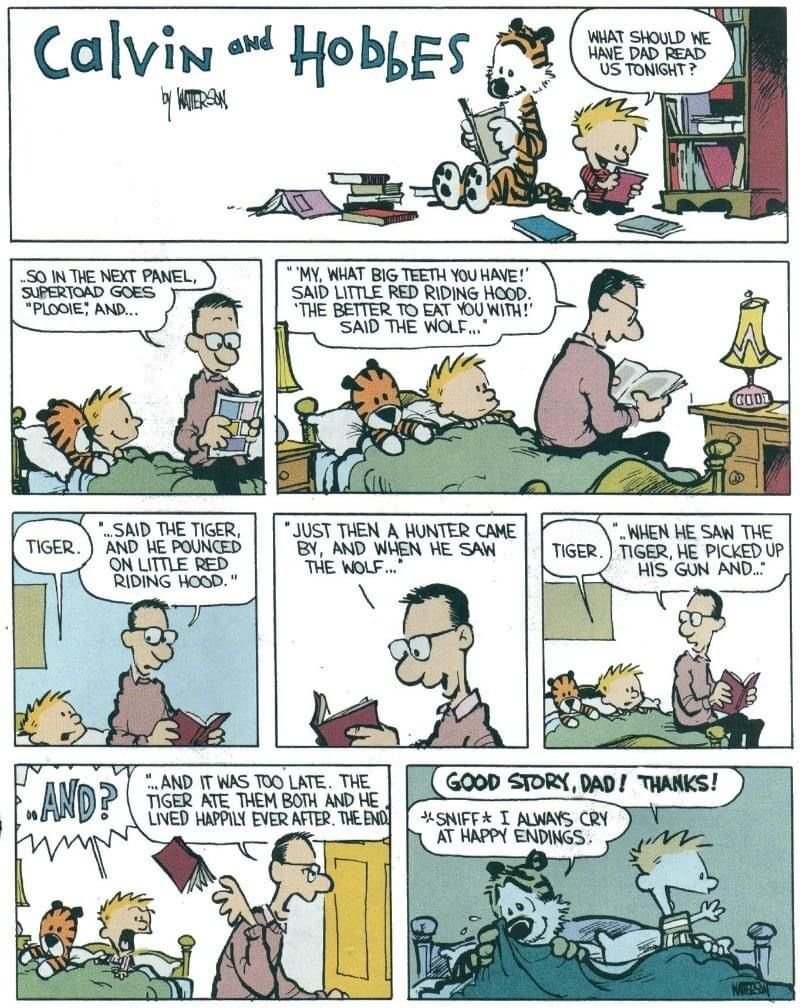
#7
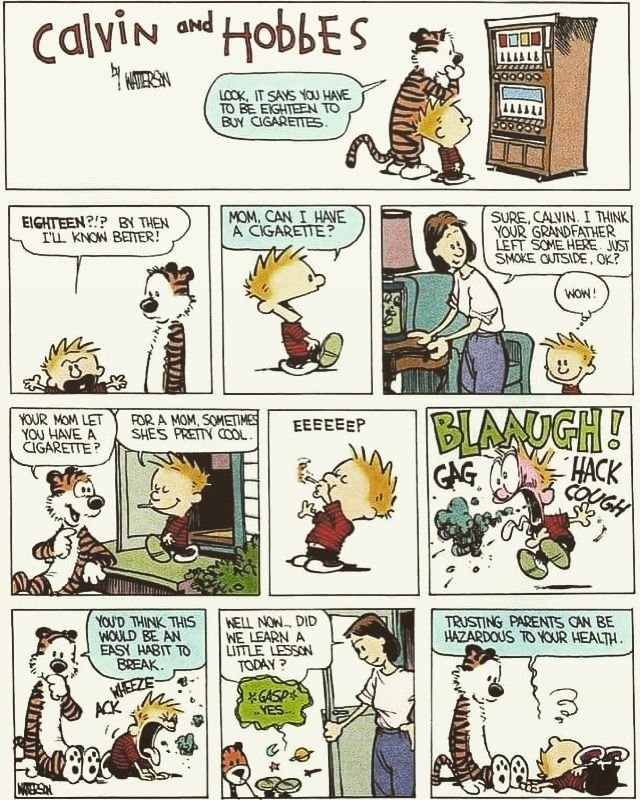
#8
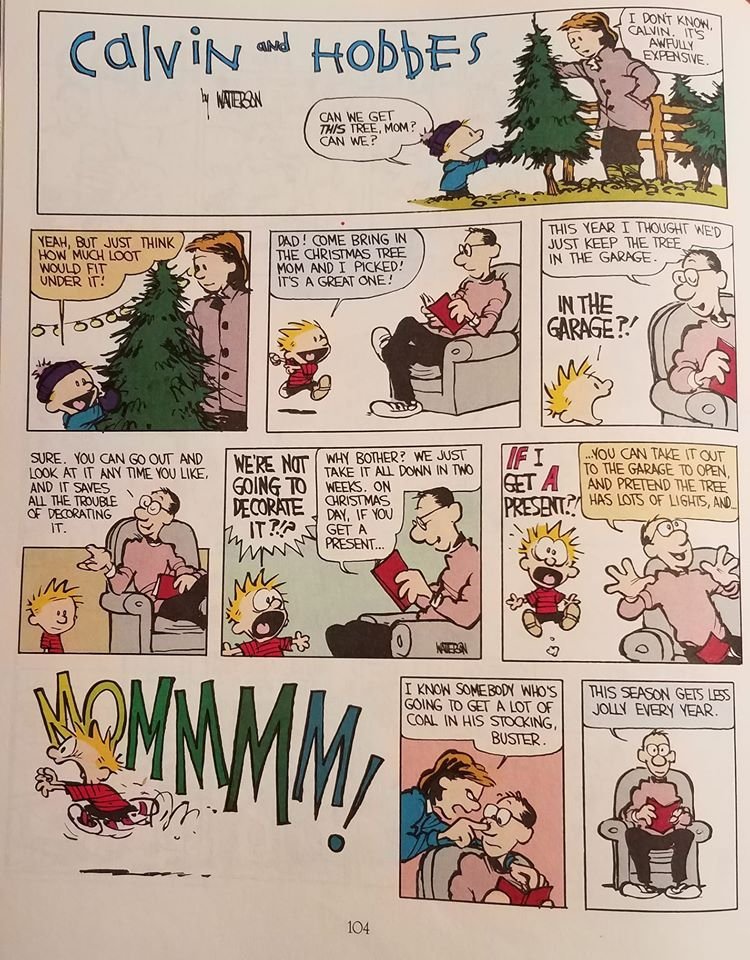
#9
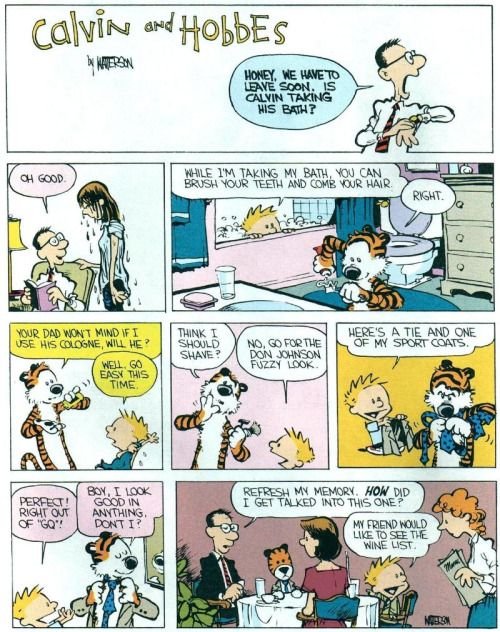
#10
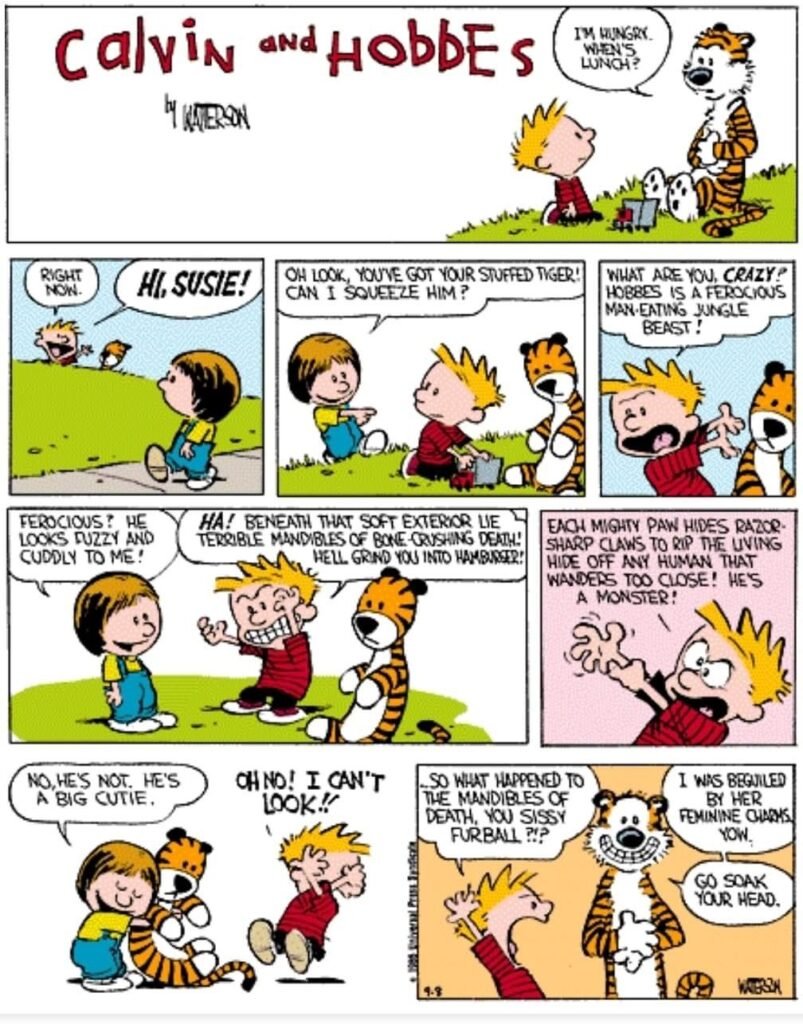
#11
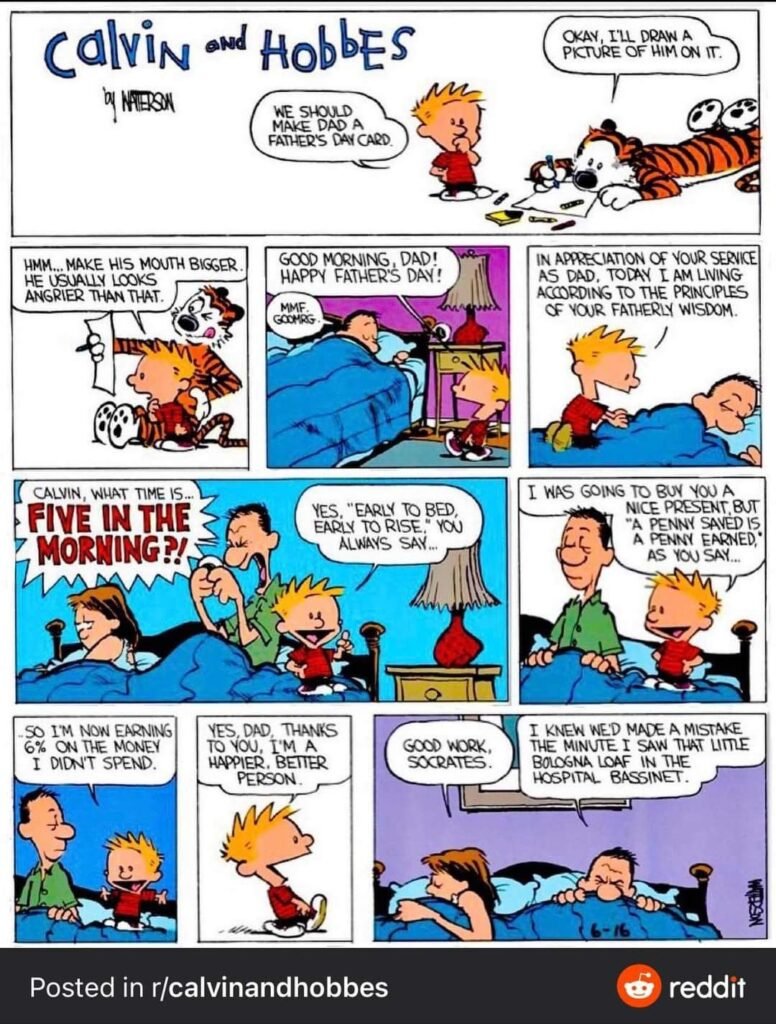
#12
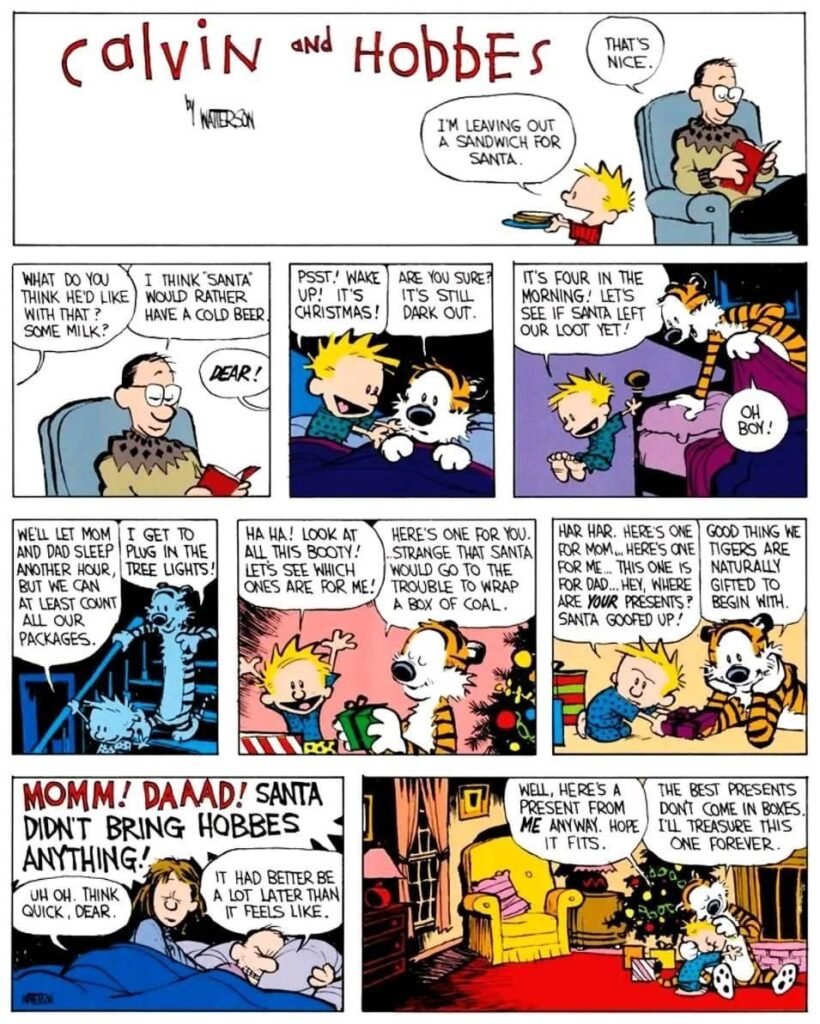
#13
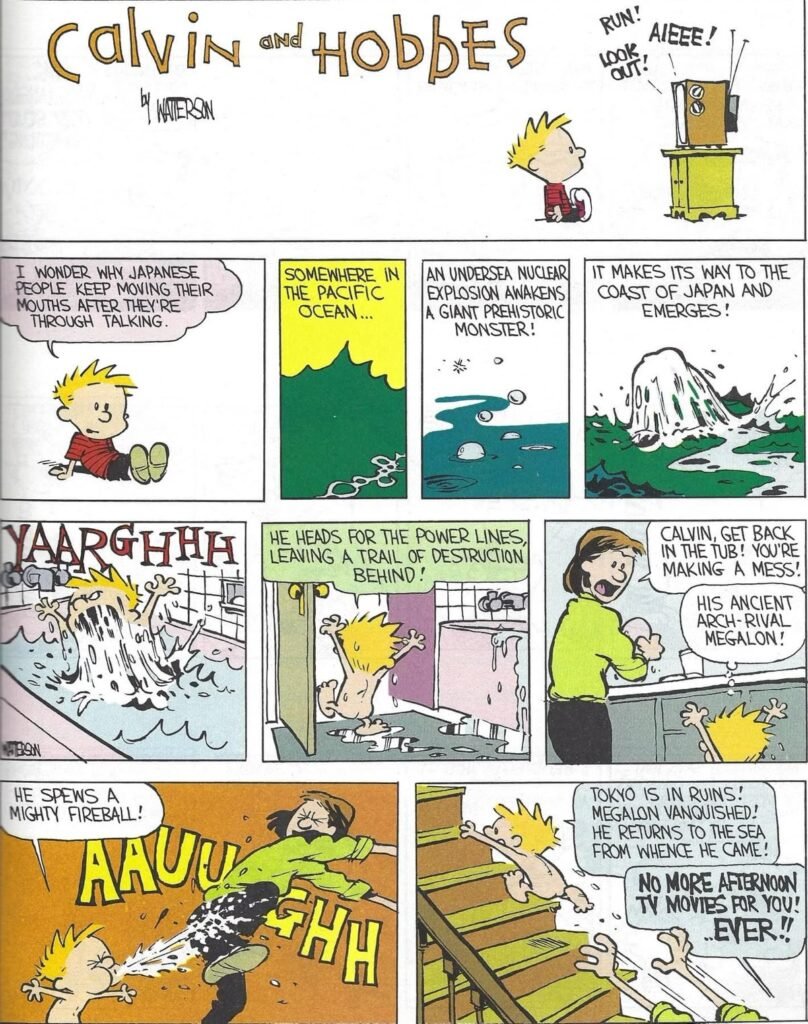
#14
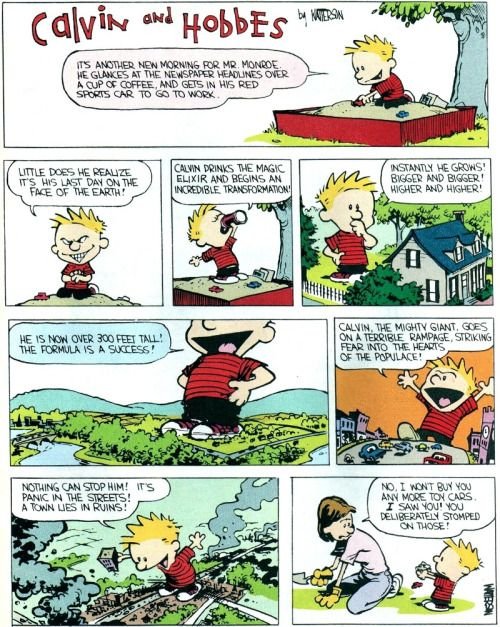
#15
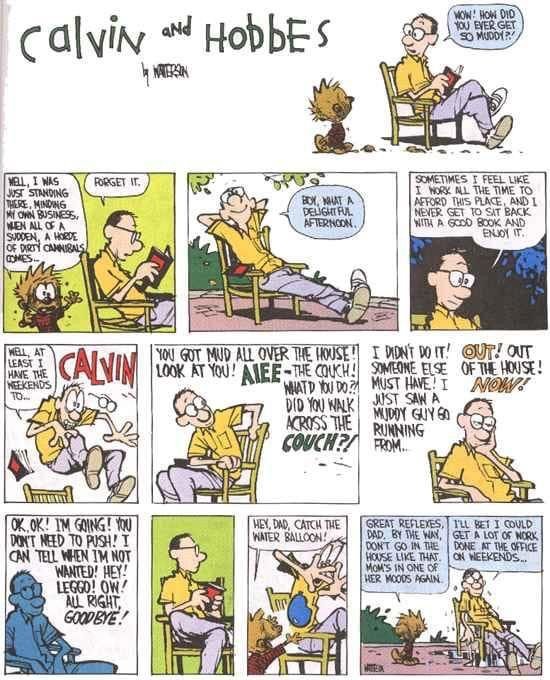
#16
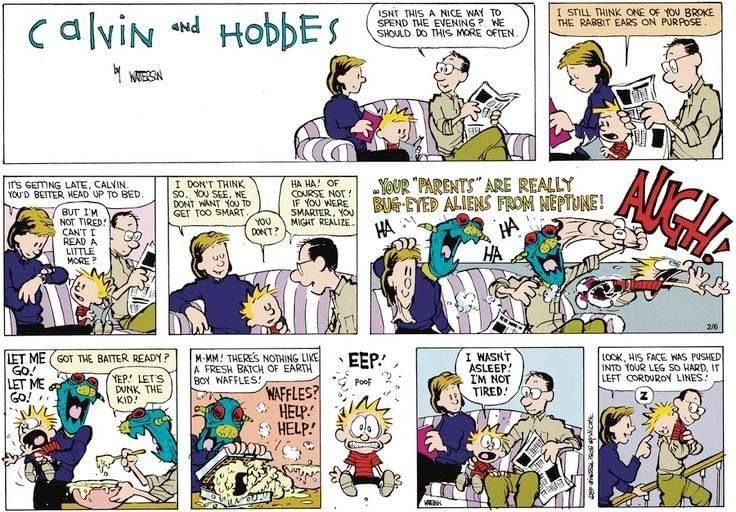
#17
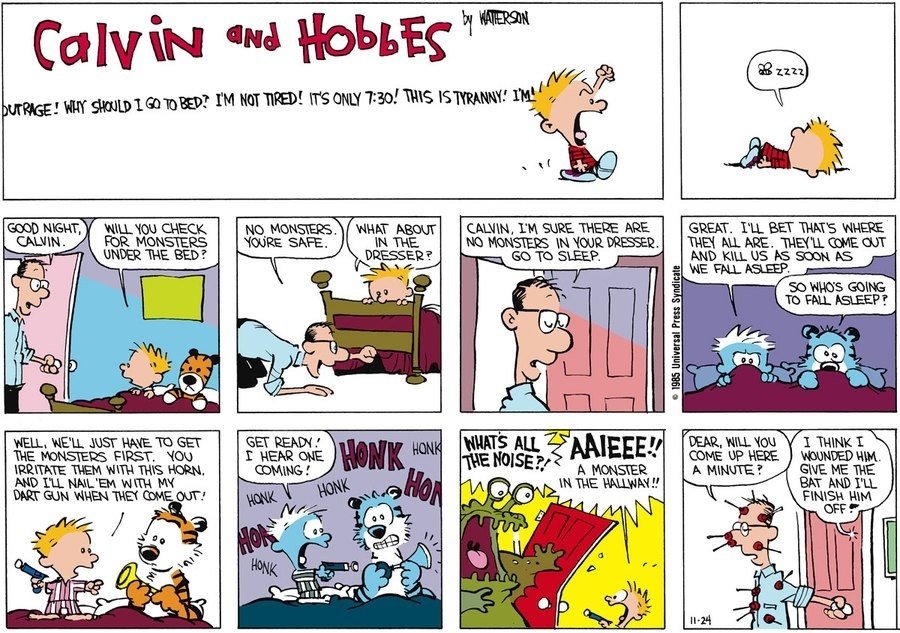
#18
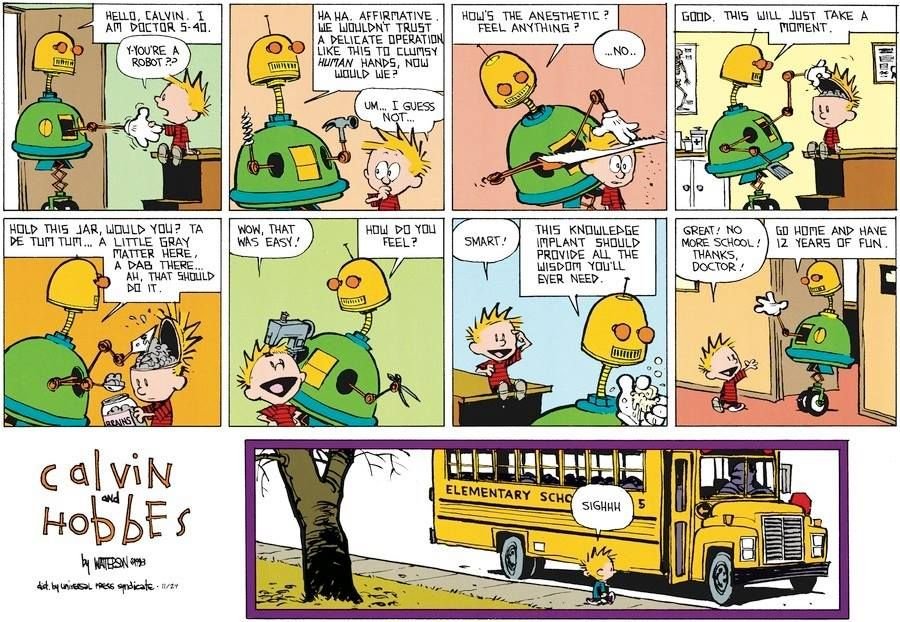
#19
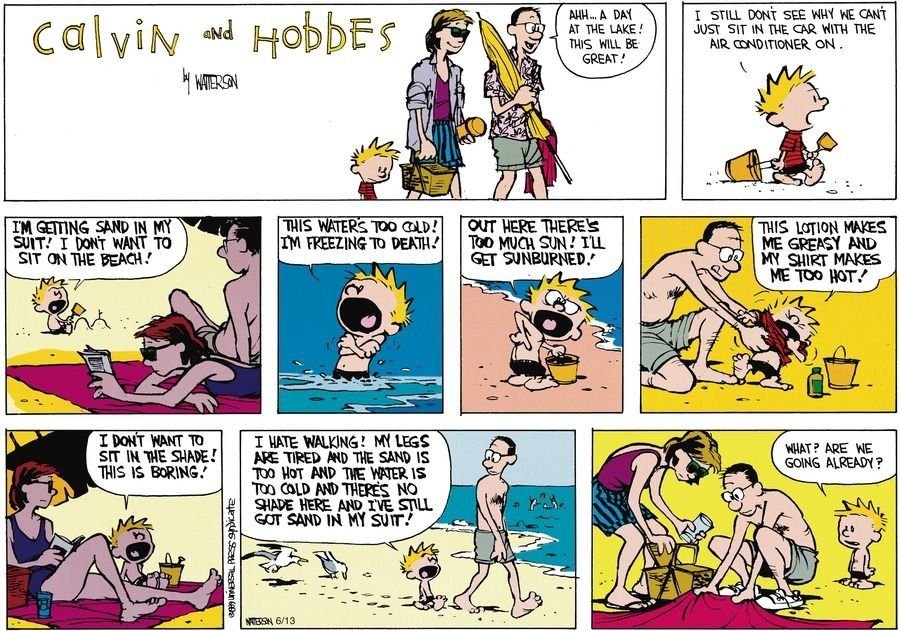
#20
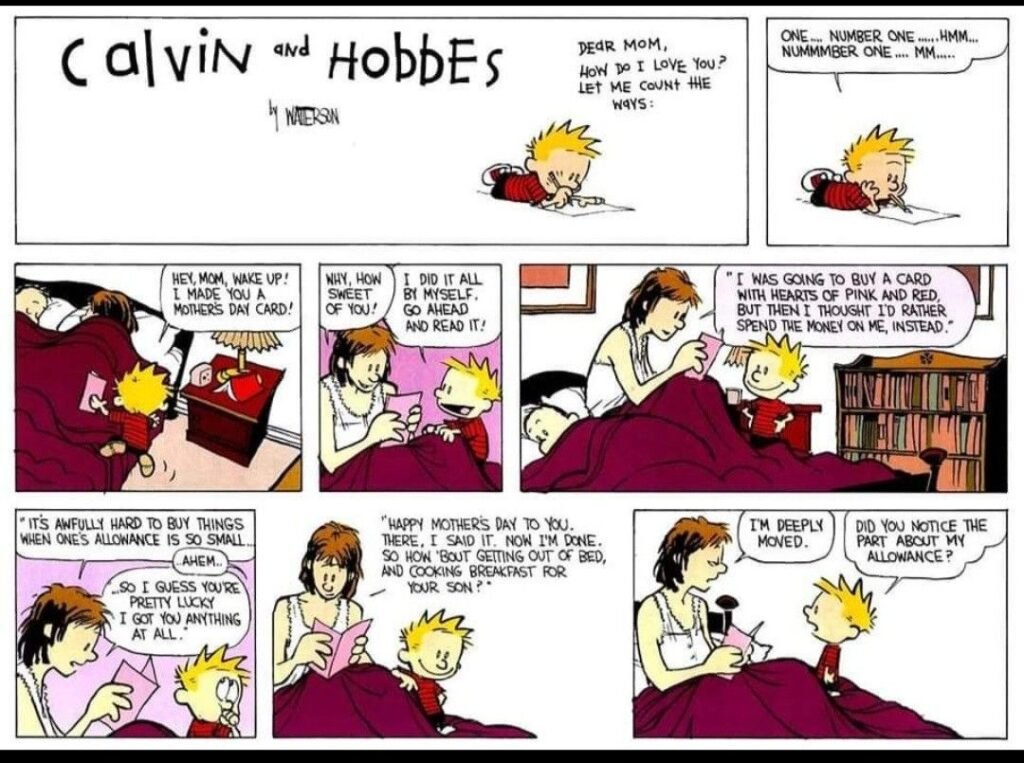
The Start of the Adventure: More Than Just a Wagon 🚀
To the casual observer, it was just a child and his stuffed tiger in a wagon. But to us, the readers who were let in on the secret, it was so much more. The wagon was a vessel for pure, unfiltered imagination. It wasn’t just a wagon; it was a chariot, a sled racing down the slopes of a distant planet, or a ship navigating the choppy waters of a suburban sidewalk.
The journey always began the same way: with a plan. Calvin, with his boundless energy and questionable logic, would propose a new route or a new speed record. Hobbes, ever the cautious but willing accomplice, would provide the necessary push (and a healthy dose of skepticism). That initial push was a pact of friendship. It was an agreement to share in the adventure, no matter where it led. In those moments, standing at the crest of the hill, the world was full of possibility. The wind would whisper promises of speed, and the path ahead was a blank page. This feeling of embarking on a grand journey, armed with nothing but a friend and a bit of courage, is something we all remember from our own stories of growing up.
The Philosophical Descent: Life’s Big Questions 🤔
What truly elevated the Calvin and Hobbes wagon rides from simple funny cartoons to profound commentary was the dialogue. As the wagon picked up speed, tumbling forward, Calvin and Hobbes would engage in deep philosophical discussions that would be at home in a university lecture hall, if only the professor were six years old.
They would debate the nature of existence, the meaning of life, the absurdity of adult rules, and the cosmic insignificance of homework. “Do you think we have a purpose?” Calvin might ask as they careen toward a rock. “I think our purpose right now is to avoid that rock,” Hobbes would reply, a perfect blend of pragmatism and wit.
These conversations weren’t just gags; they were the heart of the strip. Watterson used the simple, relatable setting of a wagon ride to explore complex ideas. The speed and danger of the physical journey mirrored the chaotic, fast-paced nature of these thoughts. It’s a beautiful reminder that profound moments don’t always happen in quiet rooms of contemplation. Sometimes, they happen when you’re holding on for dear life, shouting into the wind with your best friend. It made us feel smart, and it made us feel seen, because we too had those big, swirling thoughts as kids.
The Inevitable Crash and the Joy of the Fall 💥
No discussion of the wagon rides would be complete without the ending. And the ending was always, always a crash. A spectacular, chaotic, airborne tangle of limbs, wagon parts, and witty one-liners. The wagon would be left upside down, wheels spinning, a testament to their failed adventure.
But here’s the emotional secret: the crash was never a failure. It was the punchline, the grand finale, the shared moment of pure, unadulterated chaos. It was the physical manifestation of a life lesson: sometimes, the most fun you have is in the middle of a disaster. Calvin and Hobbes would emerge from the wreckage, bruised but laughing, already planning their next, even more ridiculous attempt.
This is the evergreen emotional core of these strips. Life is full of wagon rides. We start with excitement, we navigate the tricky parts, we have our deep thoughts, and then, more often than not, we crash. We face setbacks, failures, and moments of pure chaos. Watterson taught us, through these funny and brilliant comics, that the crash isn’t the end. It’s just part of the ride. It’s what makes the story worth telling. And getting up, dusting yourself off, and laughing with a friend is what makes life worth living.
A Friendship Forged in Speed and Splinters ❤️
At its core, the wagon was the stage for one of literature’s greatest friendships. Calvin, the chaotic, self-absorbed, and brilliant little boy, and Hobbes, the wise, sardonic, and fiercely loyal tiger. Their dynamic was perfectly showcased in these high-speed adventures.
Calvin trusted Hobbes to give the push. Hobbes trusted Calvin to steer (even when he knew he couldn’t). They were a team. Even when they argued mid-ride, there was an unbreakable bond between them. The wagon strips were a microcosm of their entire relationship: a blend of high intellect, low-brow humor, mutual respect, and deep, abiding affection.
In a world that often feels lonely and confusing, the friendship between Calvin and Hobbes is a warm blanket. It reminds us of our own childhood best friend—the one who was there for the crazy ideas, the scraped knees, and the quiet moments after the fall. The wagon wasn’t just carrying a boy and his tiger; it was carrying a perfect example of what it means to be there for someone, through thick and thin, fast and faster.
The Evergreen Appeal: Why We Still Ride Along
Why do these simple drawings from decades ago still hold so much power? Why do we, as adults, still feel a pang of nostalgia when we see that little red wagon?
Because they are real. Not literally real, of course. Hobbes is a stuffed tiger to everyone but Calvin. But the feeling is real. The feeling of a summer day stretching out infinitely. The feeling of a friendship that feels like it could conquer the world. The feeling of believing that anything is possible if you just have enough imagination and a good running start.
The Calvin and Hobbes wagon rides are a time machine. They take us back to a time when our biggest worry was a steep hill and our greatest joy was the wind on our face. They remind us of the children we once were, with all our wonder, our fearlessness, and our hilarious, flawed logic. They are a celebration of a fleeting, magical time in life, and they capture it so perfectly that we can’t help but feel like we’re right there in the wagon with them, holding on tight and laughing all the way down.
More Journeys Through Calvin’s World
The wagon was just one of many vehicles for their incredible stories. Their adventures didn’t stop when the wheels came off.
- The Sled of Fate: Just like the wagon, the sled offered high-speed philosophical debates and spectacular crashes, usually in the winter snow.
- The Cardboard Box Transmogrifier: The ultimate symbol of childhood imagination, proving that the best toys are the ones you build yourself.
- Calvinball: A game with no rules, a perfect rebellion against the rigid structure of the adult world.
These strips are more than just entertainment; they are a part of our own personal histories. They are a warm, funny, and sometimes poignant reminder of the magic that happens when you view the world through the eyes of a child and the heart of a tiger.
Now, I’ve shared my favorite memories of their downhill adventures, but this story is really about all of us. What do the Calvin and Hobbes wagon rides mean to you? Do you have a favorite strip or a memory of your own “wagon ride” with a childhood friend? Please share your thoughts in the comments below—I’d love to hear your stories. 👇
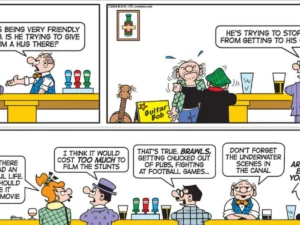
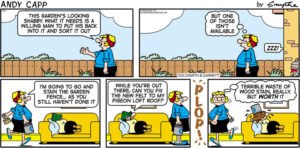
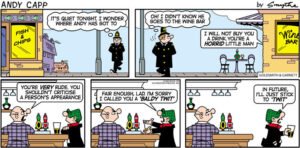
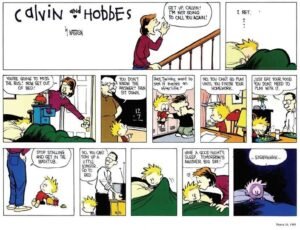
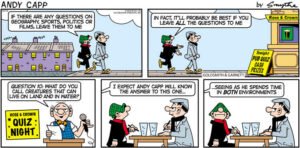
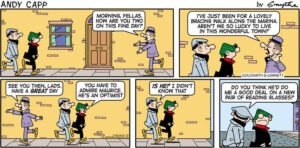
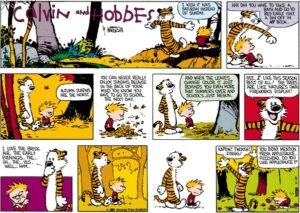
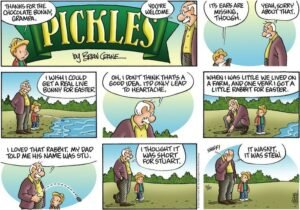
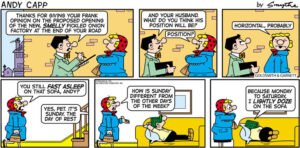
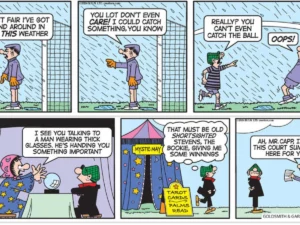
1 thought on “Calvin and Hobbes Comics with Best Wagon Rides”